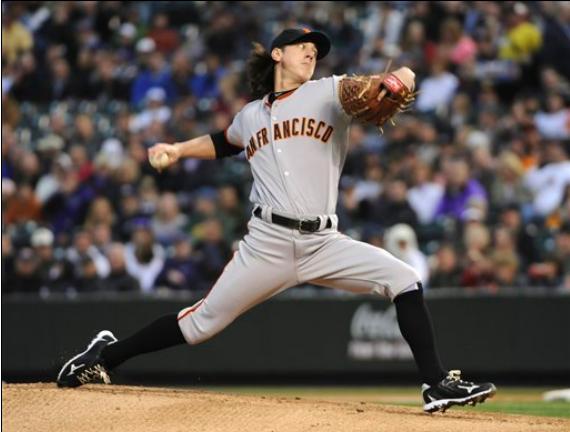You will find me in the same barbershop chair every four weeks, a ritual going on nine months now and likely to continue far into the future. Small, tangible routines like these are moments that ground me in the familiar and create a lived-in experience that cannot be recreated online. Logging so much time on screens and commuting week after week creates a distance from reality that has begun to wear on me, so that small moments in the real world become infinitely more valuable: relaxing dinners out with my wife, comforts of a good book, playtime with the dogs.
…
My monthly trip to the shop is sandwiched between two unique commuting experiences. As a kid growing up in The City, we often traveled downtown on Muni from West Portal to Embarcadero, visiting my dad’s office in the Financial District. Riding the train and appearing downtown in such a short time span was a magical experience. (One that keeps me from understanding the near-constant ire of transplants at Muni…but I digress.) However, as you are underground for the entire journey, a downtown-bound Muni trips lack any scenery save for the stations, each designed specifically for its stop. Enter, the cable car. Though tourists get absolutely fleeced by MTA, San Franciscans packing monthly-use Clipper Cards can ride any of the cable car lines for the same cost as a modern bus or train. Outsiders might think that the ancient, inefficient wooden cars would wear on natives after one or two rides, but I cannot conceive of a more romantic form of transportation.
The California Street line carries its fair share of San Francisco explorers back to the hotels on Nob Hill, but most of the passengers riding from the Financial District through Nob Hill are commuters. A constant hum vibrates throughout the car, the sound and feeling of the cable lines beneath the street churning endlessly. Two Muni operators, one at the front and one at the rear, operate cranks that grip the underground cable and communicate passenger stops through a bell strung along the roof. Is it the simplicity of the vehicle or the history stored within the wooden seats and worn handles that give these beasts of burden their charm? Maybe the constant hum clang clang of the cable car lends itself to meditation as I pass first Old St. Mary’s and Chinatown, then the Tonga Room, Grace Cathedral, countless victorian apartments, and small bars; I am easily caught up in the fresh air, the changing sky, the smells of the bay leaking over the hill. Perhaps the combination of all these things bombards the senses so strongly that the only appropriate reaction–awe–pours forth and washes my brain in the deeply nostalgic notion, “This is home, this is home, this is home.” When I call out “Polk, please,” and disembark (by jumping into traffic like Indiana Jones, because where else can you do this?), it is impossible for me to conjure up any emotion except happiness.
…
Establishing a relationship with a barber differs in many ways from my misguided and naive visits to Supercuts as a teenager and young adult. I have to explain nothing about the hair itself. My barber specializes in “traditional haircuts,” meaning from the first time I sat down, he knew what would happen to the mess before him. As a San Francisco native, he understands the negative energies that are emerging right now, from the faux-traditional barbershops to the techie class war brewing from Mission to mid-Market to SOMA and beyond. The latest disturbance? The Real World SF. This shop lives and breathes the tradition of several generations of family barbers. The appreciation a client feels as this tradition is bestowed on him through service and craftsmanship means more than any $10 buzz-cut from the chain next to the supermarket.
…
Now shorn into a more manageable condition, my hair and I set out on foot, up Pine Street and through Lower Pacific Heights. The pulse of The City near the close of the workday thumps as lively as ever, even as I travel further from downtown. Beautiful houses, packed closely together, begin to wake up for the night ahead–cars pulling into garages, lamps lighting up the stained glass windows. In the twilight, the peacefulness and excitement of the evening’s possibilities collide. Even at its most frantic, San Francisco takes its time, savors the moment, and breathes.
By the time I reach St. Dominic’s Church, the flying buttresses cast dark lines against the fading sky, a gothic guardian waiting loyally for the next sacrament. Onward, I pass El Burrito Express (briefly considering a “super carnitas”) before continuing my trek down past Geary and into the Western Addition. The Divisadero corridor speaks in tongues: buzzed hipsters, barbershop patrons, determined eaters. Everyone seems to get along on these nights as we clamor around the sidewalks in our snapbacks, bicycles, hoodies, messenger bags, canvas grocery totes, sneakers, heels, and takeout containers.
Approaching the Panhandle and the potent smell of Eucalyptus, home comes into sight. In the span of two hours, a transformation has taken place here, for The City as much as for me. The monthly meditation comes to a close as I turn the key, close the door, and exhale. A foghorn sounds in the distance. This night is just getting started.











